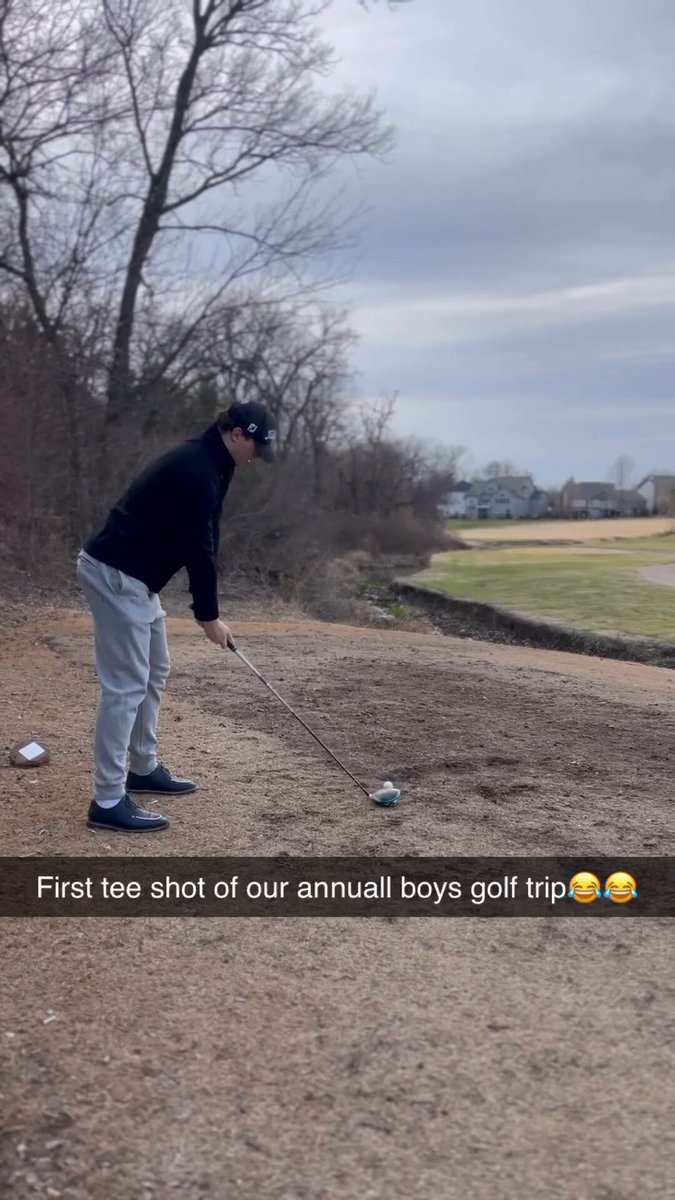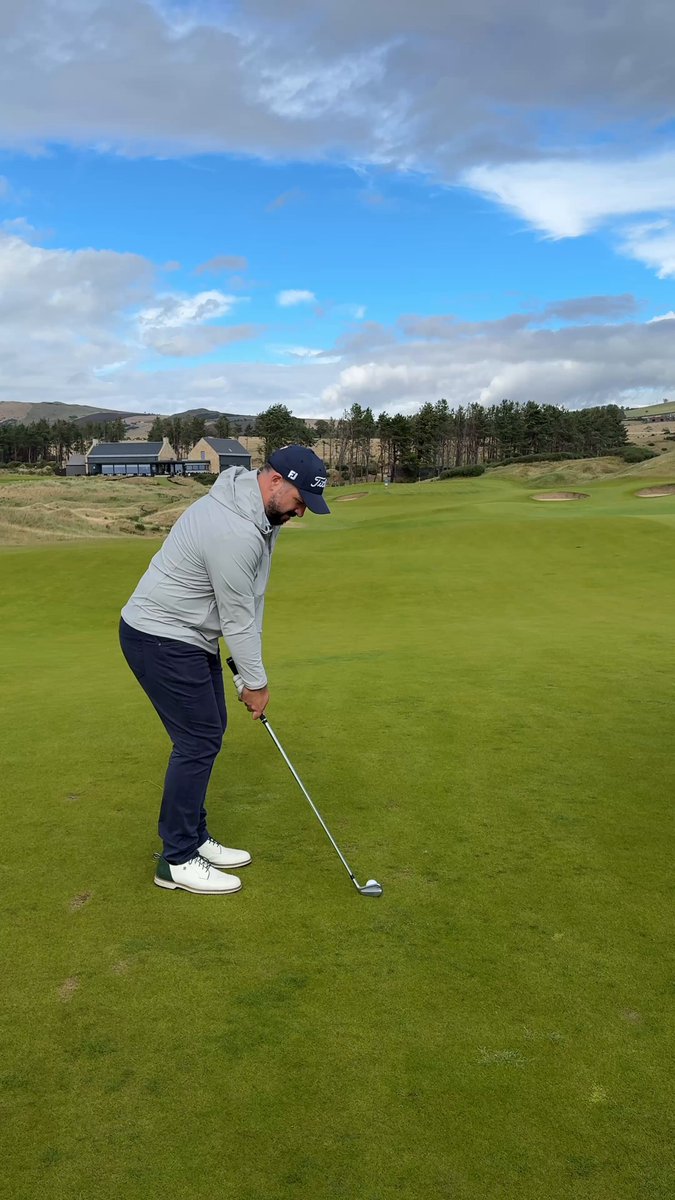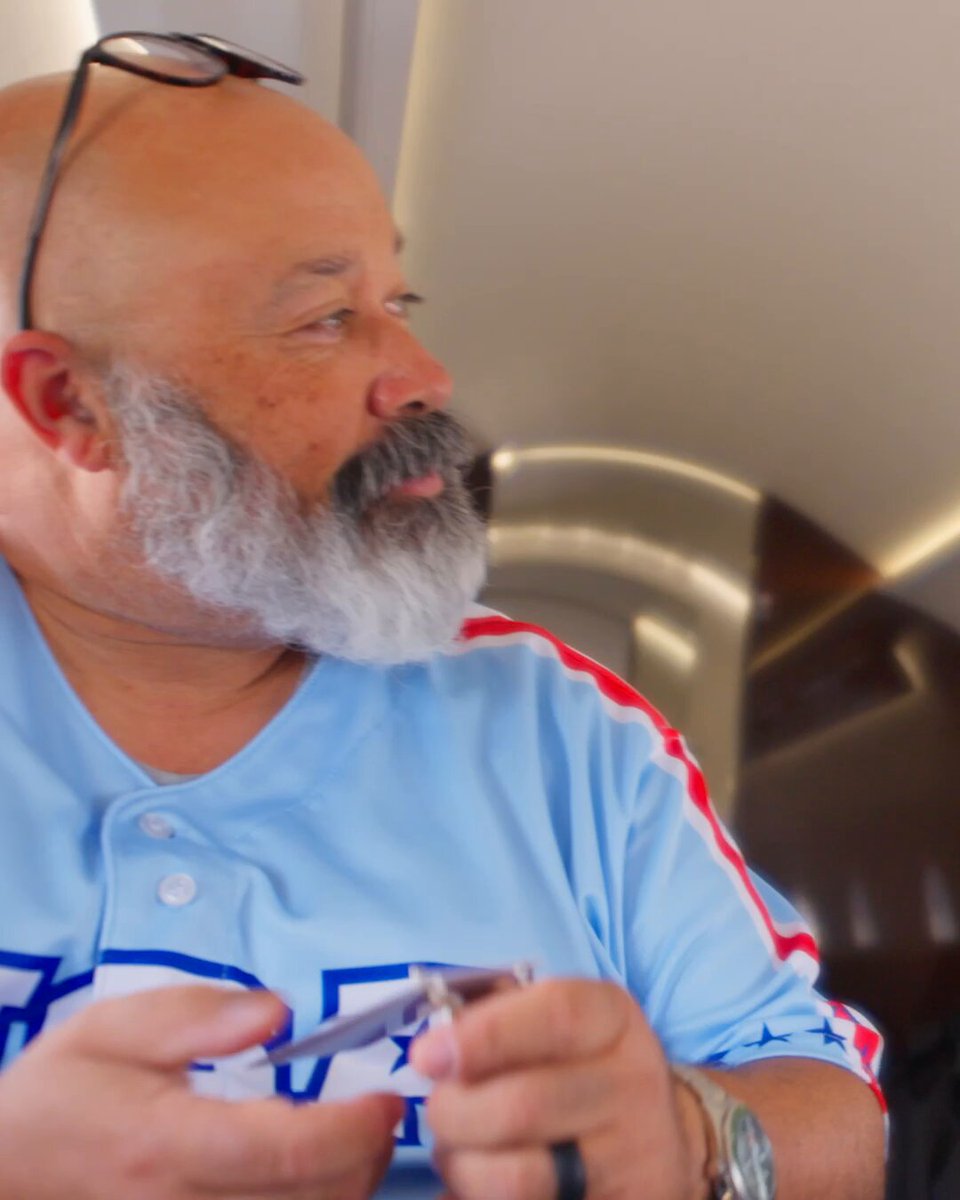At the 2025 Ryder Cup, photographers Ken Griffey Jr. and Michael Collins were focused on capturing the perfect moment — a challenge familiar to every sports photographer aiming to immortalize the drama and intensity of golf’s biggest events.


At the 2025 Ryder Cup, photographers Ken Griffey Jr. and Michael Collins were focused on capturing the perfect moment — a challenge familiar to every sports photographer aiming to immortalize the drama and intensity of golf’s biggest events.

A golf trip with friends is usually filled with excitement and memorable shots, but sometimes it starts with a bit of unexpected drama. NUCLR GOLF recently shared a video capturing a tough moment early in their boys’ golf trip, showing that even experienced players can face challenging situations on the course.

Ken Griffey Jr., a legendary figure in baseball, recently experienced an amusing case of mistaken identity during the World Series. While attending the event, Griffey bumped into future Hall of Famer Albert Pujols, creating a memorable moment for sports fans.

Chipping is one of golf’s most delicate and crucial skills, often deciding the outcome of a round. But what happens when a chip shot turns into a spectacular hole-out from an impressive distance? This rare feat always captures the imagination of golfers and fans alike.

Parking on golf courses might seem like a minor detail, but as the Texas Golf Association highlights, it can be as intense as a Ryder Cup match. Proper parking etiquette and organization ensure smooth operations during busy golf events and tournaments, preventing unnecessary delays and frustrations.

Peter Finch is gearing up for his debut appearance on the professional Tour at the upcoming Egyptian Open. In a recent practice session, Finch demonstrated solid form and confidence, signaling that he is ready to compete at a high level.

Queensland’s Harry Takis is making waves at the @AAC_Golf tournament in Dubai, currently sitting at -5 after the second round.

Billy Dowling impressed with a strong 6-under 66 in the first round of the Australian Amateur Championship in Dubai, setting himself up well for the next stages of the tournament.

Golfers know the frustration of a tricky shot all too well. This video from NUCLR GOLF captures a moment that many players can relate to — a challenging swing that doesn’t quite go as planned.

At Bethpage Black, a stunning photo finish captured the attention of golf fans and sports enthusiasts alike. The image, featuring @ESPNCaddie and Ken Griffey, Jr., perfectly encapsulates the thrilling moments that make golf so captivating.